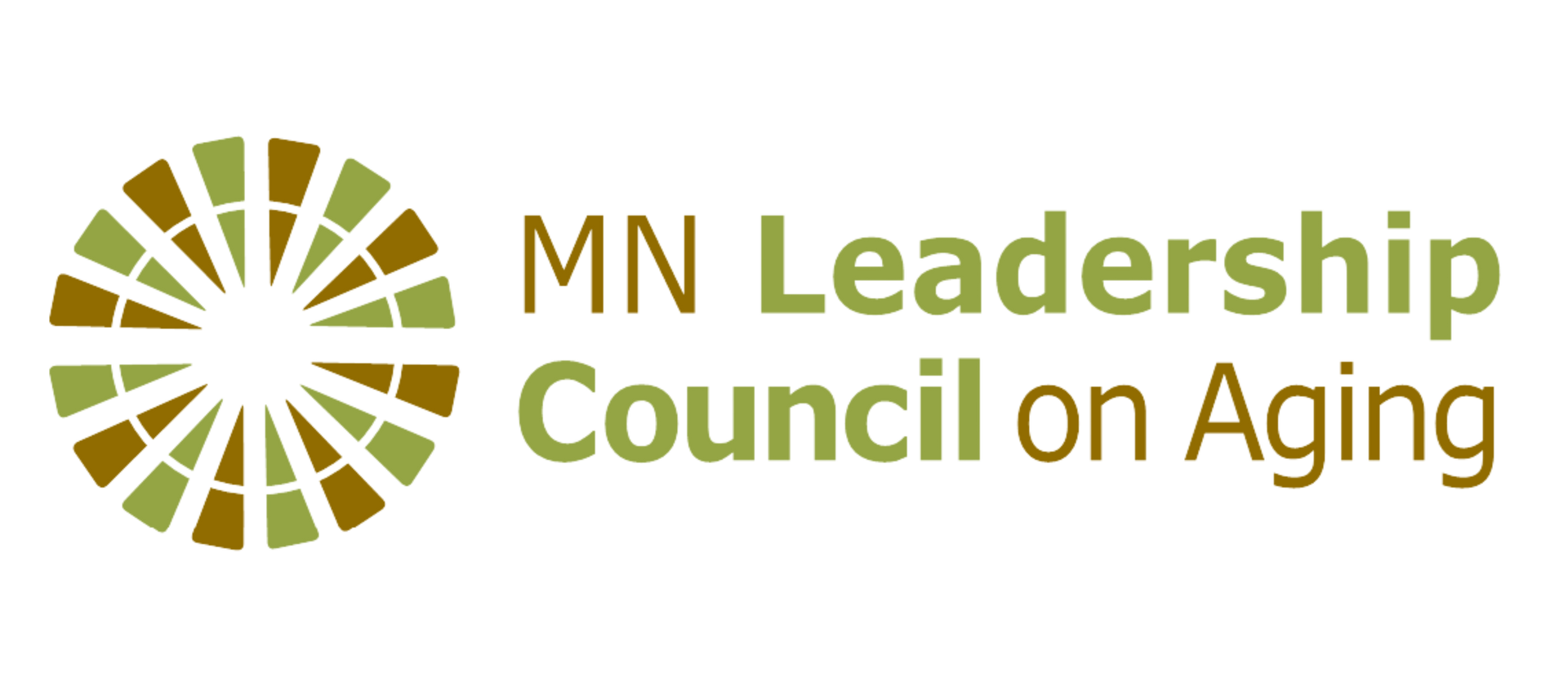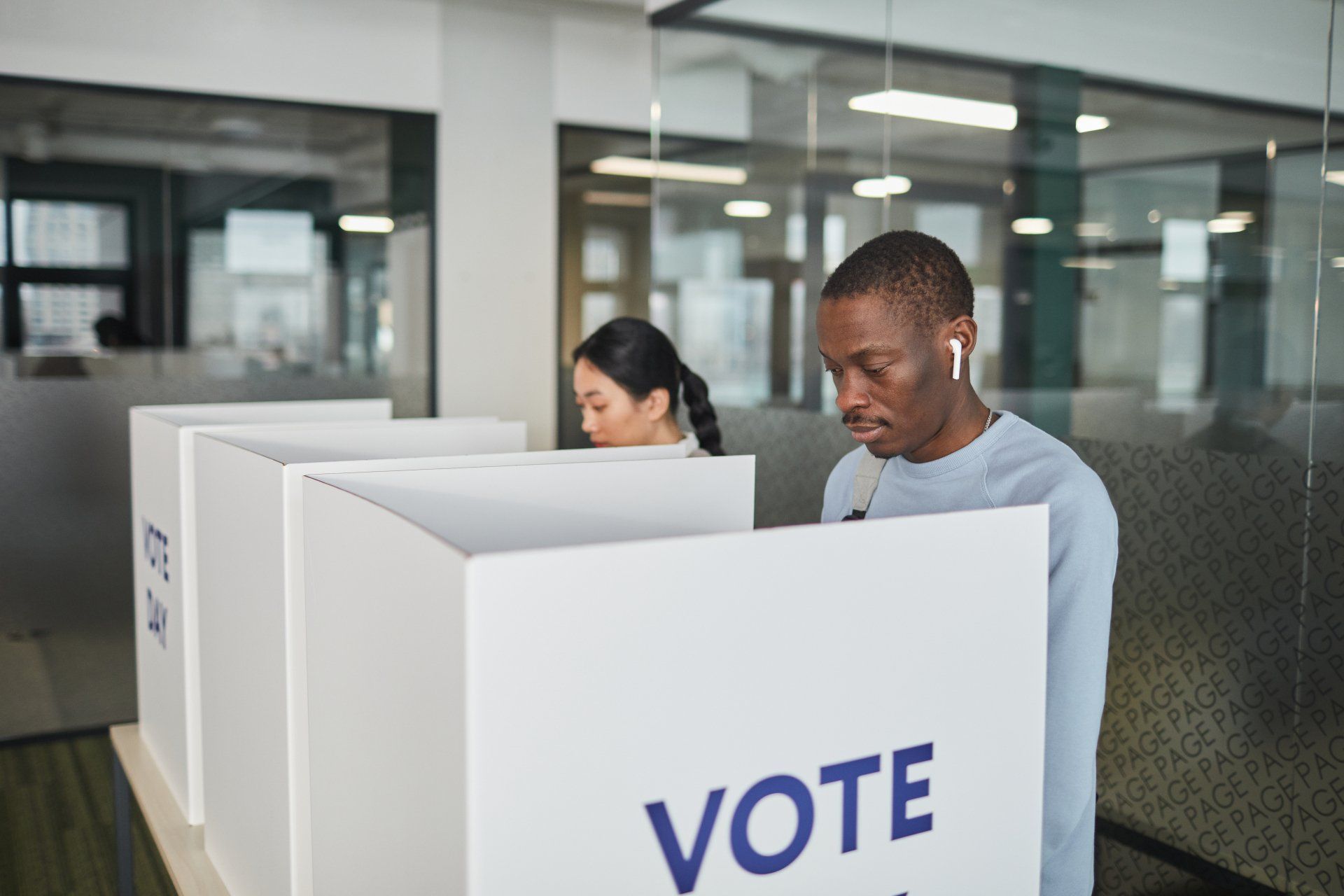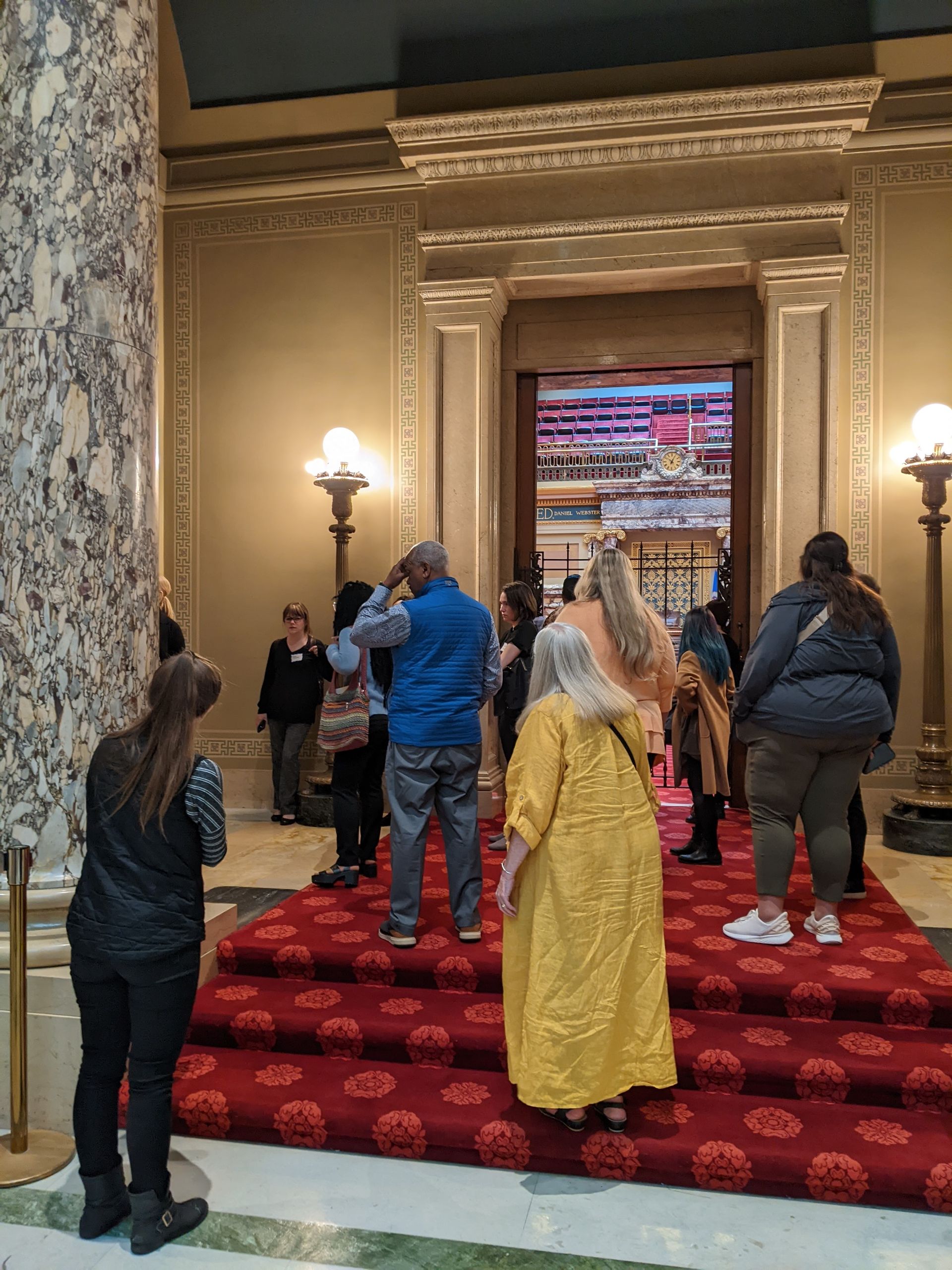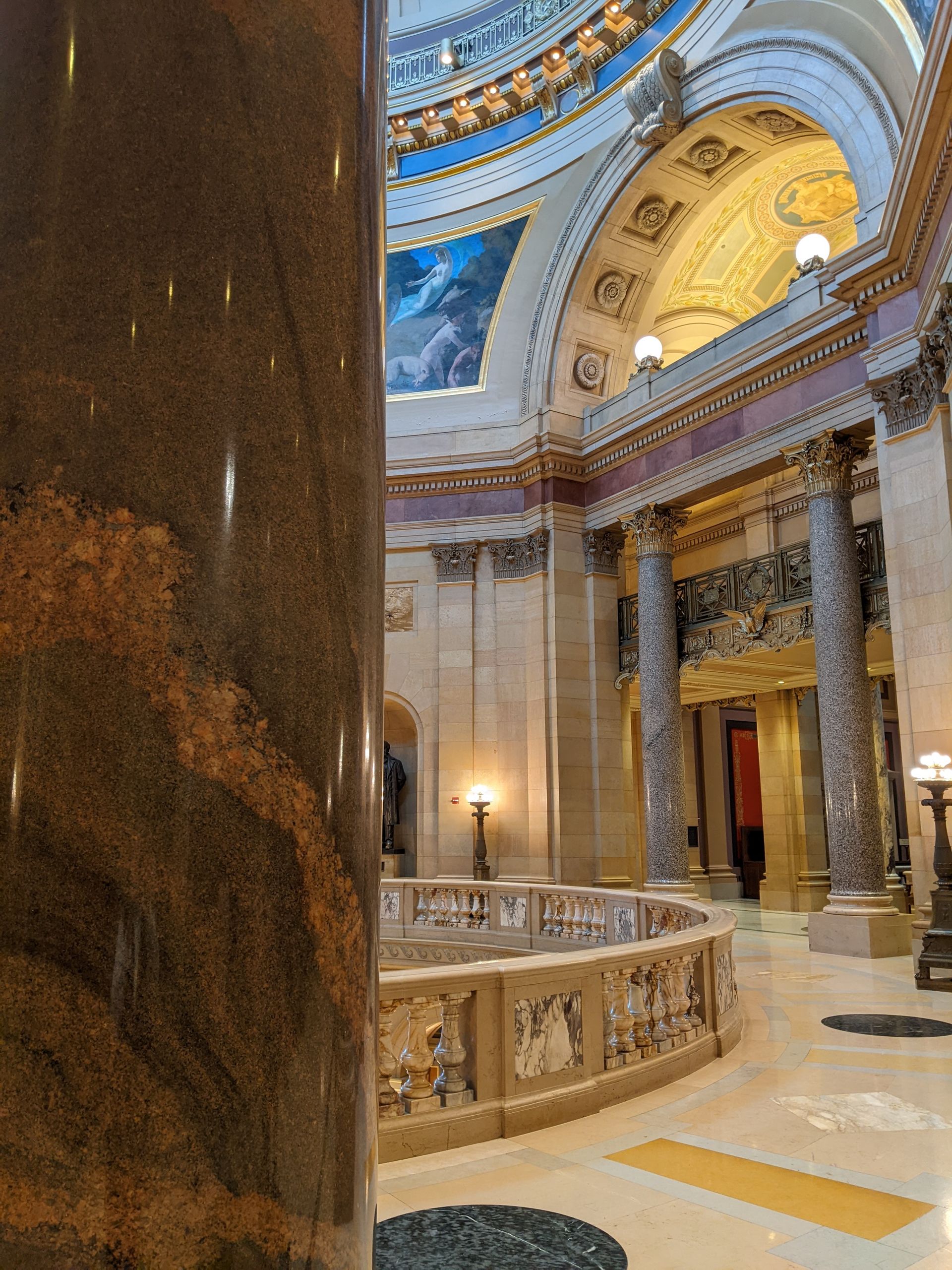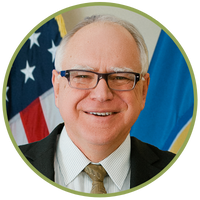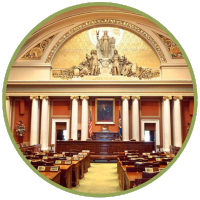Effective Advocacy
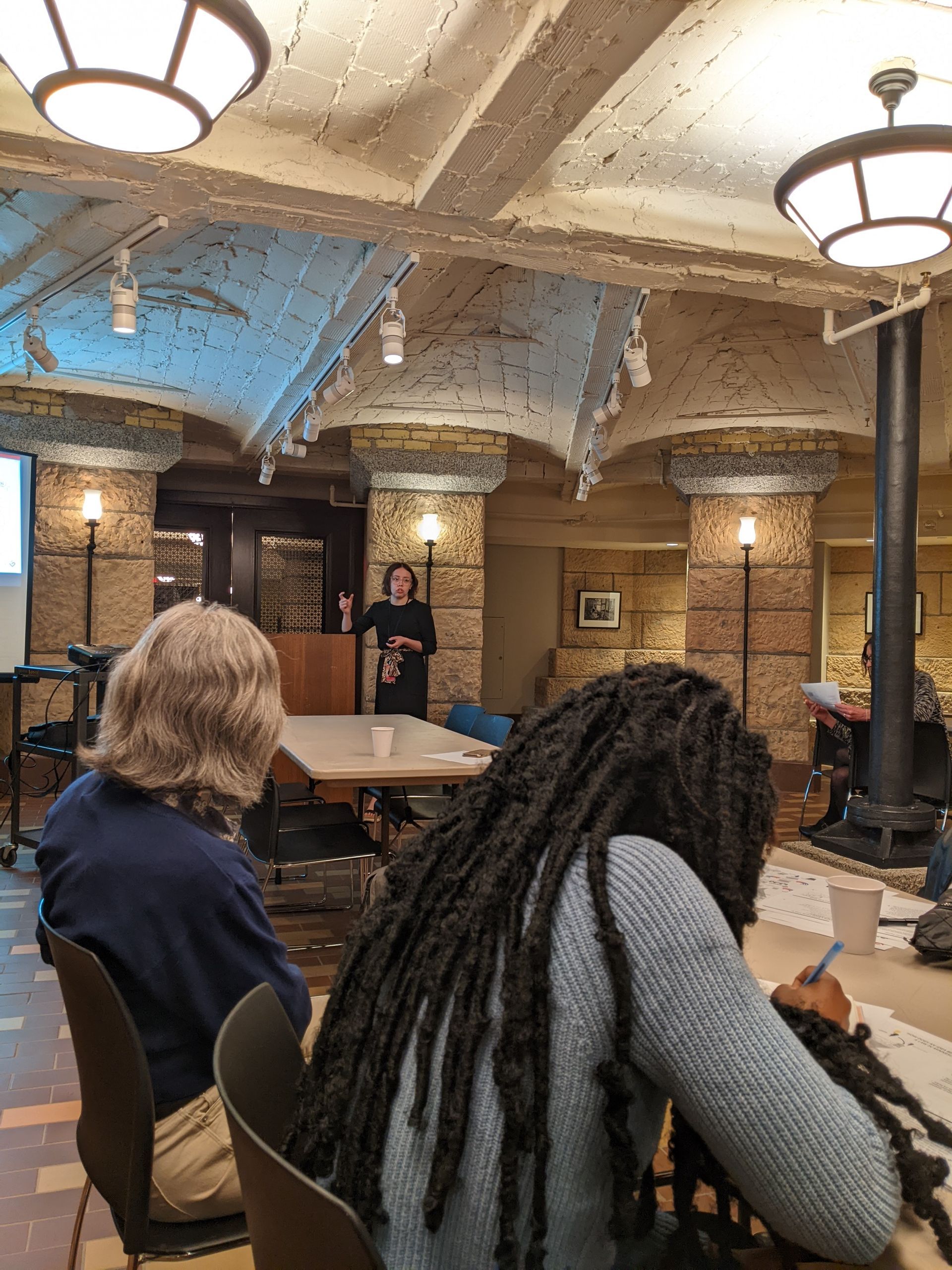
Introduction to Advocacy
Why Advocacy Matters
Age-friendly advocacy is vital to creating the communities and systems needed to support aging with dignity and a spirit of well-being.
Your advocacy can:
- Raise Awareness – creating appreciation for issues of aging that may be overlooked
- Build Support – connecting people from a variety of backgrounds around shared goals
- Empower People – engaging communities to realize their strength and responsibilities
- Bridge Gaps – bringing together diverse opinions, knowledge, and life experiences
- Amplify Voices – providing encouragement or a platform for all voices to be heard
- Influence Change – shaping policies and decision-making to ensure all Minnesotans can thrive at every age and life stage.
Building Advocacy Relationships
There are several people to familiarize yourself with in an effort to ensure that you're influencing the key players at the right times.
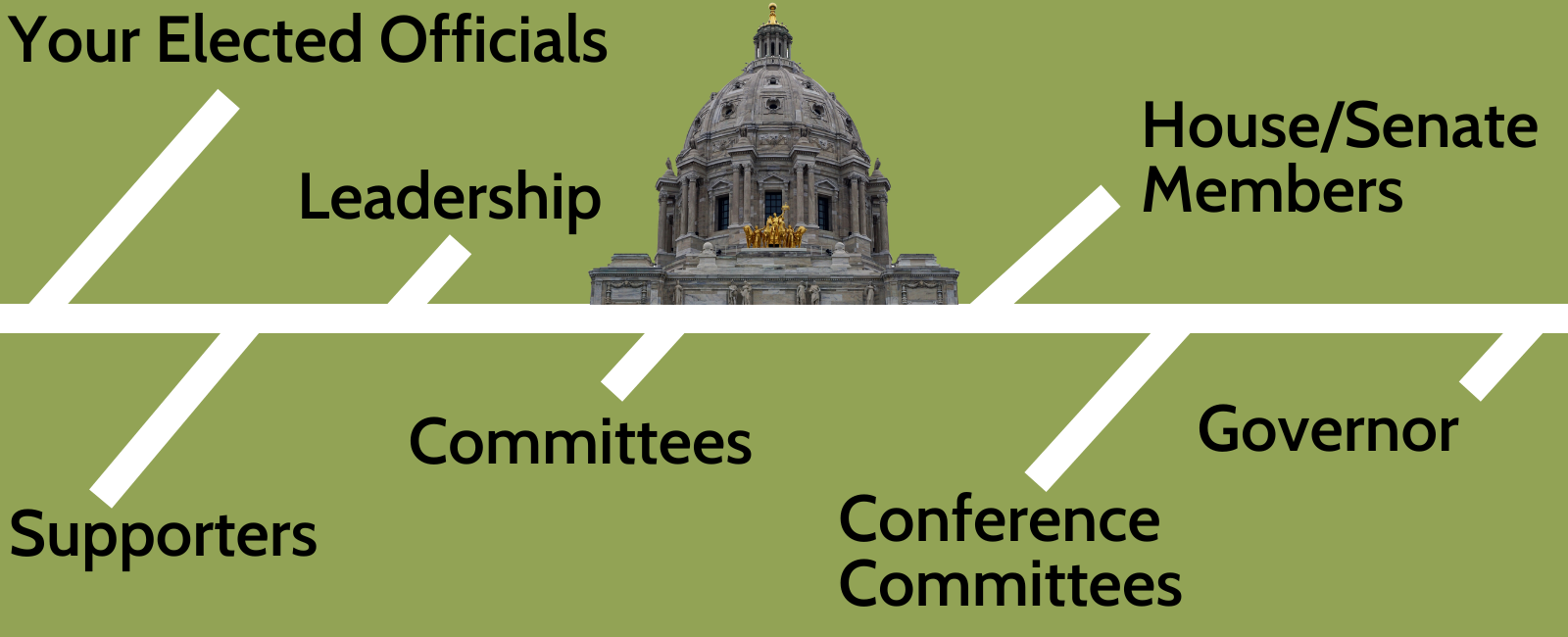
Your Elected Officials
Supporters
- The Governor - who sets the table with policy priorities each year.
- State agency staff - who offer technical assistance and fiscal notes.
- Legislative Leaders - who shape global policy priorities.
- Other legislators - who can serve as co-authors and votes on the floor.
- Formal and informal coalitions
- from individuals to organizations.
- Lobbyists and Other Organizations - experienced information brokers in the aging network can be key allies
- Community Leaders - sometimes the most effective voice could be a family member or leader from a local faith community or business.
Leadership
- In the House of Representatives, leaders include the Speaker of the House, Majority Leader, Minority Leader, and other key members >>
- In the Senate, leaders include the President of the Senate, Majority Leader, Minority Leader, as well as other key members >>
- Chairs of House Committees and Senate Committees are also key gatekeepers as to whether legislation is heard by committees.
Committees
- The Chair has power - they set agendas and choose which bills to hear.
- Some bills need to be processed through multiple committees.
- Public testimony before a Committee is a great way to advocate.
- Some bills are held over for possible inclusion in the Committee's Omnibus Bill - a large bill that has several smaller bills rolled up into it.
Minnesota Senate and House of Representatives
- Women are 50.2% of MN population; 15% of Senate; 40% of House
- Men are 49.8% of MN population; 85% of Senate; 60% of House
- POCI are 20% of MN population; 7% of Senate; 12% of House
- White are 80% of MN population; 93% of Senate; 88% of House
- To learn more, visit About the Minnesota Legislature >>
- You can also learn more at Frequently Asked Questions >>
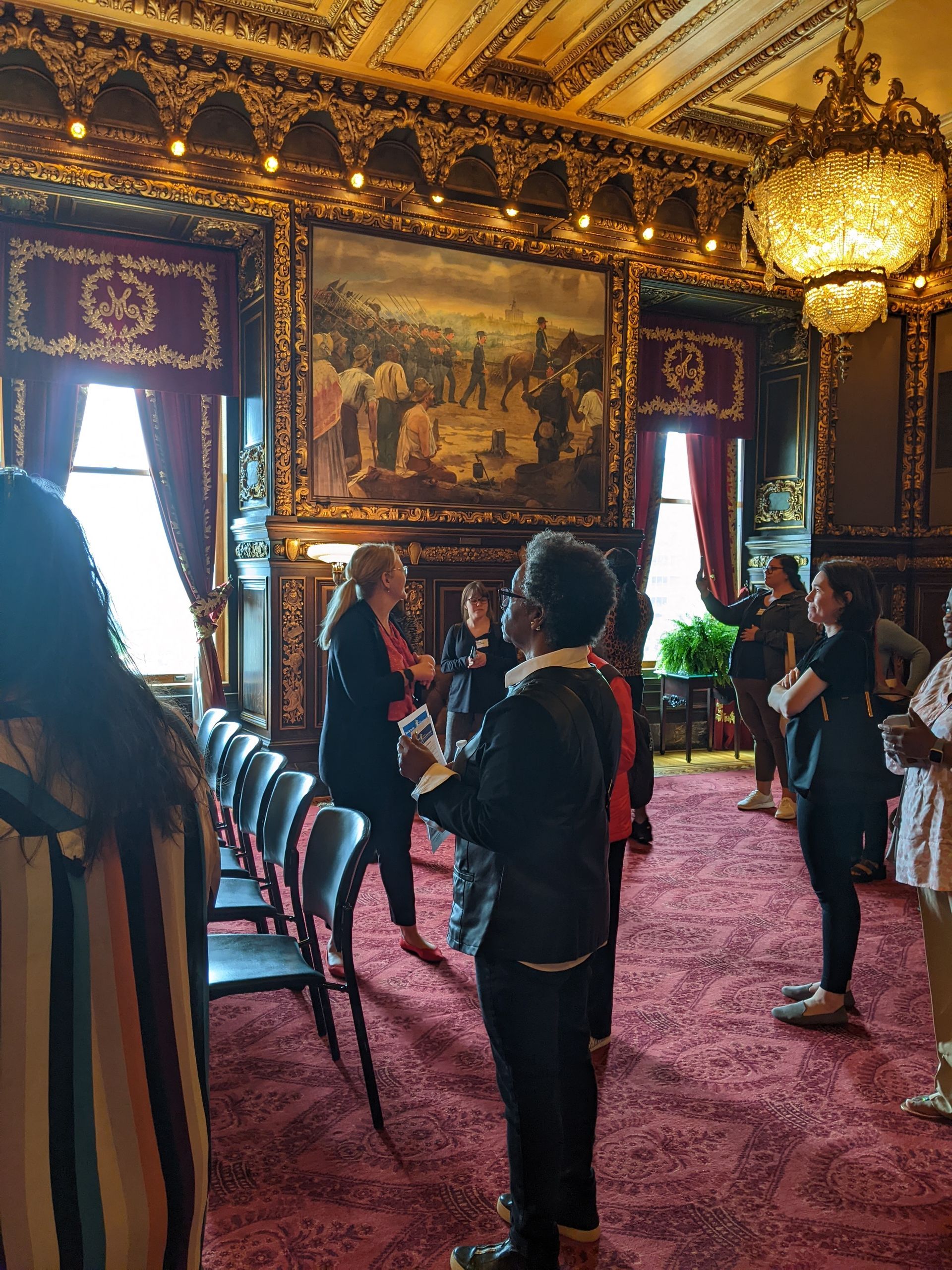
The Governor
- Direct Outreach – you can contact the Governor to raise awareness of your issues.
- Governor’s Office – often, advocates are directed to a representative of the Governor’s team that works specifically on the issue area related to your advocacy.
- State Departments – as state agencies administer most public policies, advocacy can take place with appointed officials, such as the Commissioner, or state employees.
- Coalitions – creating or joining a coalition of people or organizations who share a similar commitment to your issue is more likely to get the solution you need in front of key decision-makers in the Executive Branch and Governor’s Office.

Prepare to Advocate
- Know Your Issue. The more you can inform yourself about the issue you want to address or the problem you want to solve, the better you will be able to identify and speak to the solution you need.
- Use Data to Support Your Issue. Reliable data and facts are a solid foundation for decision-making. Data can demonstrate that your issue and solution are based on objective information rather than opinion.
- Personalize Your Issue with Testimonials. Using personal stories humanizes complex problems, making them more accessible and understandable.
- Develop Your Story. Every story should include key messages, talking points and supporting data. These items will help you deliver a clear and compelling narrative that people will remember. They also help ensure you stay on task and cover the points that truly matter.
- Make the Ask. Making an effective request is essential to build support and encourage action from your audience. The “ask” needs to answer one simple question: What do you need me to do? But the information that goes into developing that ask is a bit more detailed. Be sure to clearly define your objective, tailor your ask to your audience, and include a call to action.
How to Advocate
- Meet with elected officials: This one-on-one time will allow you to educate them on your issue and provide them with data and testimonials to demonstrate your solution's urgency, value, and benefit.
- Build or join a coalition: There is power in collective action. Collaborating with other individuals and organizations that share your goals can elevate your issue and build support for your solution.
- Grassroots Advocacy: Organize and mobilize volunteers to create more awareness of the issue and the solution. Provide these volunteers with key messages and resources to contact their elected officials. See our templates for connecting with elected officials.
- Public Events: Host community forums, rallies or conferences to raise awareness of your issue and invite more people to become part of the solution.
- Engage the Media: Write a letter to the editor or opinion editorial for the local paper, invite a reporter to attend a public event, or pitch the opportunity to interview you on the issue you are trying to resolve.
- Use Social Media: Share posts that feature personal stories, photos and visuals that will help raise awareness of your issue and extend the reach of your message.
- Petition: Start an online petition or sign-on letter campaign to allow people to easily engage in advocacy and demonstrate strong support for your issue. The website – change.org – is an excellent resource to learn more about and create an online petition.
Tools
- Key Messages and Talking Points – remember, these are concise and compelling statements that make a lasting impression.
- Fact Sheet – this should be a one-page document highlighting the issue, the people affected by it, and the solution to resolve it.
- Presentation – a short presentation that tells a compelling story accompanied by relevant facts will ensure your message is distributed consistently – regardless of who is telling it.
- Testimonials – these can be short stories or quotes from those most impacted by the issue and who would benefit from the solution, or notes of support from elected officials, business, and community leaders.
- Website – a website serves as a 24/7 resource for people to learn more about your issue and engage in your campaign.
- Videos – short 30 to 60-second videos on your issue and solution, including testimonials from people who are impacted or would benefit from it, help tell your story.

Times to Advocate
During each legislative session, there are several opportunities to have your voice heard. Let's review the basic steps in the process of how a bill becomes a law where you can engage to have the biggest possible impact.
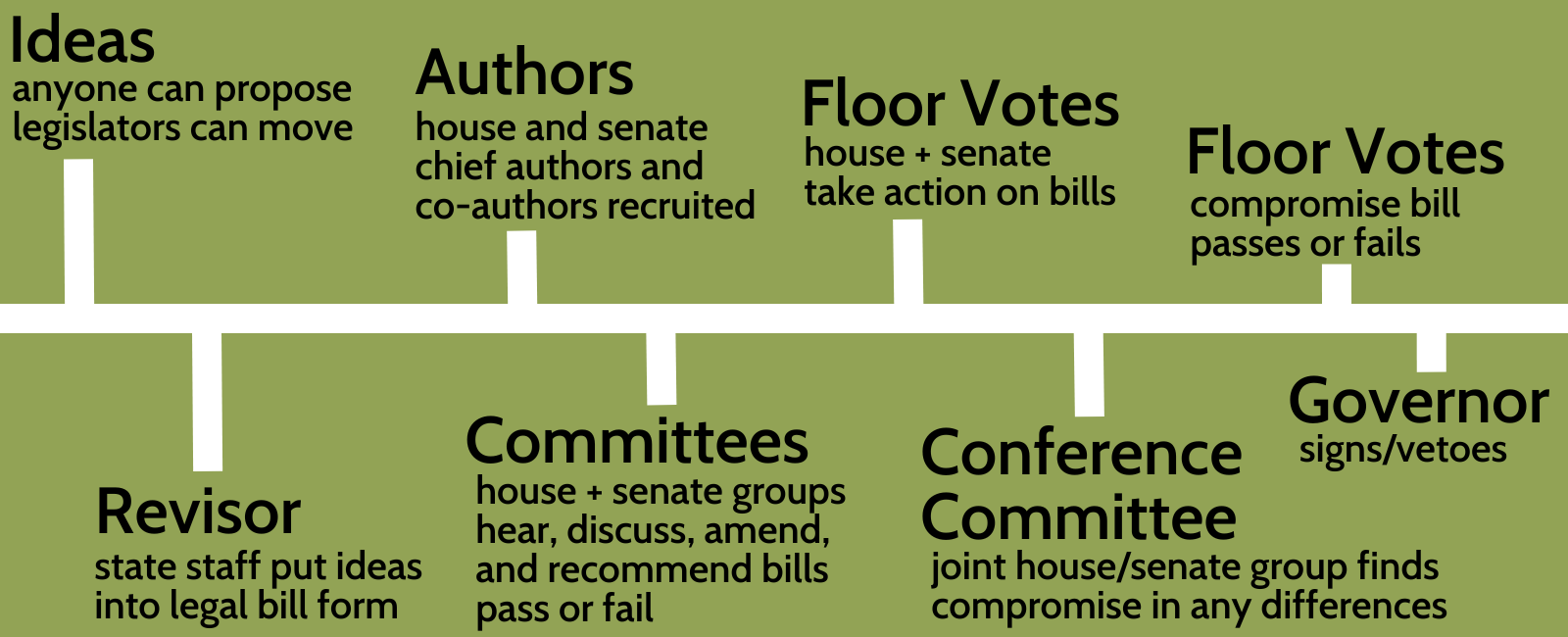
Tools and Resources
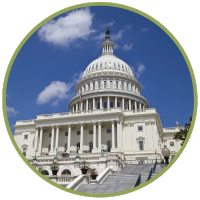
Federal Government
While our focus has been on Minnesota's state legislative process, some challenges will require you to apply your advocacy efforts to the policy solutions on a national level. Working across the whole United States, each state elects officials to represent them on federal policy, such as the Older Americans Act or Center for Medicare and Medicaid Services.
If you are planning to advocate at the federal level, visit the webpage and contact the offices of your elected officials: one U.S. Representative and two U.S. Senators. Learn more about who serves as your elected officials, how to connect with their Minnesota district offices or Washington D.C. offices.
To learn more about our congressional delegation, visit Minnesota Members of Congress >>

Municipal Government
County, township, city and other local governments are known as municipal governments. They also have elected officials who assist with local items such as roads, first responders, and budgets, among other issues.
If you are planning to advocate at either the county or local government level, we encourage you to visit your respective County or City webpage to learn more about who serves as an elected official, when and where they meet, and how to contact them.
To learn more about Municipal Government, visit County & Local Government >>
Our Members Advocate
Minnesota Leadership Council on Aging has several members who are actively engaged in public policy efforts at the Minnesota State Capitol. Click below to learn more and get involved with their advocacy efforts today or learn how you can help advance the AGEnda >>
Age-Friendly Advocacy 101
Are you interested in being a champion for positive change in your community? Do you want to have a greater impact in your legislative advocacy?
Our goal is to ensure your advocacy for the aging sector helps Minnesota become a more age-friendly state. This free live training was made possible thanks to a Technical Assistance Grant from Age-Friendly Minnesota to help you gain knowledge, skills and confidence to engage effectively with Minnesota policymakers. Watch it now and check out more free
age-friendly education today.
